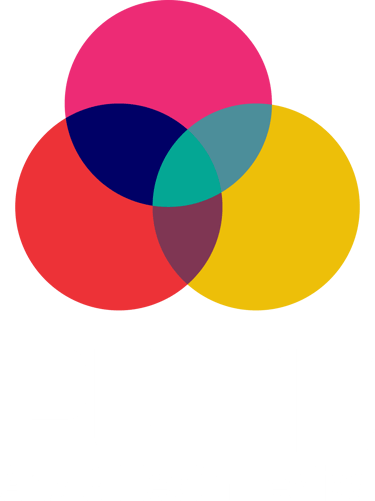Art: The Universal Language of Understanding
Dr. Rashmi Patil
9/15/20252 min read
Art is more than aesthetic, it’s a universal language that speaks to our emotions and shapes how we express, connect, and make sense of the world. It transcends barriers, thus bridging generations, disciplines, and even languages, creating shared meaning where words often fall short. The phrase by Elbert Hubbard “Art is not a thing; it is a way” encapsulates this essence of artistic expression in a lovely way (1).
Art is transforming as well as expressive (2). Any kind of artistic expression can be a powerful tool for healing, communication, and overall well-being. According to neuroscience, engaging with art stimulates many parts of the brain, specifically those involved in cognition, emotional regulation, and visual processing (3). Physiologically, studies have shown that art in the form of music can reduce pain perception and can control stress (4, 5). In a social sense, art fosters empathy, inclusiveness, and connection; all of which are essential for individual healing as well as collective resilience (6).
Visual, performing, literary, media, traditional, cultural, and interdisciplinary arts are examples of different art forms (7). Visual arts that include painting, sculpture, photography, and architecture employ images to express ideas, feelings, or messages (8). Performing art helps in captivating audiences through live expressions of dance, theatre, and music; both vocal and instrumental (9).Furthermore, composing poetry, dramas, and non-fiction and fictional prose; all of which are considered literary art forms and are a potent means of expressing human emotions with aesthetic values (10). Using video, audio, and digital platforms, contemporary media art pushes the limits of creativity and communication while producing immersive experiences (11).
Pune is far more than an academic and IT powerhouse; it’s a cultural epicentre where heritage meets innovation. Known as Vidyanagari, the city is home to a vibrant ecosystem thus making it a fertile ground for art lovers. Traditional art forms like the iconic puneri pagdi, tribal warli art, kalamkari painting and patwa embroidery reflect Pune’s deep-rooted cultural heritage and craftsmanship. Together, these diverse expressions make Pune a thriving cultural hub; where tradition is celebrated, and innovation is embraced.
References
1. Fitzpatrick, C. (2023). Phenomenology of Aesthetics. The Routledge Handbook of Phenomenology of Mindfulness, 413.
2. Magsamen, S., & Ross, I. (2024). Your brain on art: How the arts transform us. Random House.
3. Zare Rameshti, M. (2025). Art as a Catalyst for Cognitive Flexibility: Unleashing New Pathways to Creative Thinking. Available at SSRN 5160314.
4. Fekete, A., Maidhof, RM., Specker, E., Nater, UM., Leder, H. (2022) Does art reduce pain and stress? A registered report protocol of investigating autonomic and endocrine markers of music, visual art, and multimodal aesthetic experience. PLoS ONE 17(4): e0266545.
5. Howlin, C., Rooney, B. (2020). The Cognitive Mechanisms in Music Listening Interventions for Pain: A Scoping Review. Journal of Music Therapy. 57: 127–167.
6. Kashaka, N. D (2024). The Role of Art in Building Community Identity and Health. Research Output Journal of Education, 4(2), 49-54.
7. Petrovska N. M (2024). Types of Art: a teaching aid for English language students of the Faculty of Culture and Arts. Lutsk: Vezha-Druk, 80 p.
8. Bakhitgul, I., & Durdana, M. (2024). Types of Visual ARTS. American Journal of Pedagogical and Educational Research, 22, 33-37.
9. Brown, S. (2024). The performing arts combined: the triad of music, dance, and narrative. Frontiers in Psychology, 15, 1344354.
10. Umidbek o’g’li, A. M. (2024). Expressing emotions in literature. Scientific and practical research of the 21st century,1(1).
11. Zarutska, O., Sydorenko, I., Nebesnyk, I., Pylyp, R., & Diachenko, A. (2025). Development of art forms in the contemporary era: New platforms and creative approaches. International Journal on Culture, History, and Religion, 7(SI1), 35-51.
About the Author:
Dr. Rashmi Patil holds a Ph.D. in Pharmacology, with a research specialization in neuroscience. Alongside her research expertise, she nurtures a deep passion for the arts. This unique blend of science and creativity enables her to connect both fields in impactful and innovative ways.
Let's stay connected

Reachout
Ph: 9970795010 or 9146242909
info@puneartsandhealthfestival.com
For Admin & Logistics
puneartsandhealthfestival@gmail.com

Join the community
© 2025 Pune Arts and Health Festival
Website Development Gayatri Kadam & Team
